MARION RICHARDSON (BRITISH 1892-1946) SELF-PORTRAIT, AGED 17 Pencil 32 x 26cm (12½ x 10 in.) Drawn in 1910. Provenance: Marion Richardson, Private Collection, British teacher and author on handwriting Thence by descent to the present owner Literature: Marion Richardson, Art and the Child, London, 1948 (illustrated) Jessica Kilburn, Thomas Hennell: the Land and the Mind, London, 2021 (illustrated) 'Through her discoveries in children's writing, writing-patterns and pictures she brought richness of life and colour into the lives of thousands of children.' Clarence Whaite, student of Marion Richardson, later lecturer at the Institute of Education. In 1947, "Athene," The Journal of the Society for Education in Art, dedicated a special edition to honour Marion Richardson (1892-1946). Notable patrons and advisory panel members of the Society for Education in Art included Duncan Grant Henry Moore Herbert Read, and Sir Kenneth Clark Marion Richardson, a trailblazer in art education, significantly influenced the reformation of the education system, particularly in the teaching of art and handwriting for young children. Her collaborative work, "Writing and Writing Patterns," published by the University of London Press Ltd with support from Edward Johnston a British craftsman, and calligrapher, became an integral resource in classrooms for both students and teachers. Richardson's academic journey at Birmingham School of Art, under the mentorship of Mr. Catterson-Smith, former assistant to Edward Burne-Jones and William Morris propelled her innovative approach to teaching. Recognising the limitations of traditional teaching methods, Richardson and Catterson-Smith sought to develop practices that fostered imagination and visualisation in art as a form of practice. In 1912, Richardson achieved her Art's Master Certificate and was appointed as an art teacher at Dudley Girls' High School. 'The first thing that impressed me about Marion Richardson were her enthusiasm, freshness, drive and utter sincerity.' S. Frood, Former Headmistress of Dudley High School Marion Richardson ardently believed that art served as a medium through which a child could articulate their individuality and emotions. Striving to depart from the conventional classroom approach that encouraged children to replicate objects, places, and people, Richardson emphasised a shift towards a more liberated and expressive engagement with art in school. She recognised that the freedom and expression cultivated through active involvement in artistic practices could significantly enhance a child's overall educational experience, positively influencing various aspects of their development. She actively encouraged children to embellish the school's upholstery, incorporating linocut designs for curtains and decorating scenery, furniture and costumes for school plays. Outside of school, Richardson pioneered reformative arts and crafts initiatives. Richardson led one of the first experiments in art therapy at Winson Green Prison in Birmingham. Initially collaborating with women, practicing drawing and painting, Richardson soon transitioned to working with young men. In response to favourable feedback she extended the teaching to include embroidery and other art forms. In 1917, Roger Fry became aware of Richardson's work and invited her to exhibit a group of her student's paintings and drawings at an exhibition held at the Omega Workshop in London, alongside established artists such as Duncan Grant and Vanessa Bell In 1923, the Dudley children held an exhibition at the Independent Gallery, Grafton Street in London which proved extremely popular. This platform launched Richardson's career as a teacher of art and in 1930 she was offered position of lecturer at the London Day Training College. The friendship between Marion Richardson, Roger Fry and his sister Margery Fry whom Richardson had initially met in Birmingham when Fry was warden to the women's residence, flourished and they ar
MARION RICHARDSON (BRITISH 1892-1946) SELF-PORTRAIT, AGED 17 Pencil 32 x 26cm (12½ x 10 in.) Drawn in 1910. Provenance: Marion Richardson, Private Collection, British teacher and author on handwriting Thence by descent to the present owner Literature: Marion Richardson, Art and the Child, London, 1948 (illustrated) Jessica Kilburn, Thomas Hennell: the Land and the Mind, London, 2021 (illustrated) 'Through her discoveries in children's writing, writing-patterns and pictures she brought richness of life and colour into the lives of thousands of children.' Clarence Whaite, student of Marion Richardson, later lecturer at the Institute of Education. In 1947, "Athene," The Journal of the Society for Education in Art, dedicated a special edition to honour Marion Richardson (1892-1946). Notable patrons and advisory panel members of the Society for Education in Art included Duncan Grant Henry Moore Herbert Read, and Sir Kenneth Clark Marion Richardson, a trailblazer in art education, significantly influenced the reformation of the education system, particularly in the teaching of art and handwriting for young children. Her collaborative work, "Writing and Writing Patterns," published by the University of London Press Ltd with support from Edward Johnston a British craftsman, and calligrapher, became an integral resource in classrooms for both students and teachers. Richardson's academic journey at Birmingham School of Art, under the mentorship of Mr. Catterson-Smith, former assistant to Edward Burne-Jones and William Morris propelled her innovative approach to teaching. Recognising the limitations of traditional teaching methods, Richardson and Catterson-Smith sought to develop practices that fostered imagination and visualisation in art as a form of practice. In 1912, Richardson achieved her Art's Master Certificate and was appointed as an art teacher at Dudley Girls' High School. 'The first thing that impressed me about Marion Richardson were her enthusiasm, freshness, drive and utter sincerity.' S. Frood, Former Headmistress of Dudley High School Marion Richardson ardently believed that art served as a medium through which a child could articulate their individuality and emotions. Striving to depart from the conventional classroom approach that encouraged children to replicate objects, places, and people, Richardson emphasised a shift towards a more liberated and expressive engagement with art in school. She recognised that the freedom and expression cultivated through active involvement in artistic practices could significantly enhance a child's overall educational experience, positively influencing various aspects of their development. She actively encouraged children to embellish the school's upholstery, incorporating linocut designs for curtains and decorating scenery, furniture and costumes for school plays. Outside of school, Richardson pioneered reformative arts and crafts initiatives. Richardson led one of the first experiments in art therapy at Winson Green Prison in Birmingham. Initially collaborating with women, practicing drawing and painting, Richardson soon transitioned to working with young men. In response to favourable feedback she extended the teaching to include embroidery and other art forms. In 1917, Roger Fry became aware of Richardson's work and invited her to exhibit a group of her student's paintings and drawings at an exhibition held at the Omega Workshop in London, alongside established artists such as Duncan Grant and Vanessa Bell In 1923, the Dudley children held an exhibition at the Independent Gallery, Grafton Street in London which proved extremely popular. This platform launched Richardson's career as a teacher of art and in 1930 she was offered position of lecturer at the London Day Training College. The friendship between Marion Richardson, Roger Fry and his sister Margery Fry whom Richardson had initially met in Birmingham when Fry was warden to the women's residence, flourished and they ar
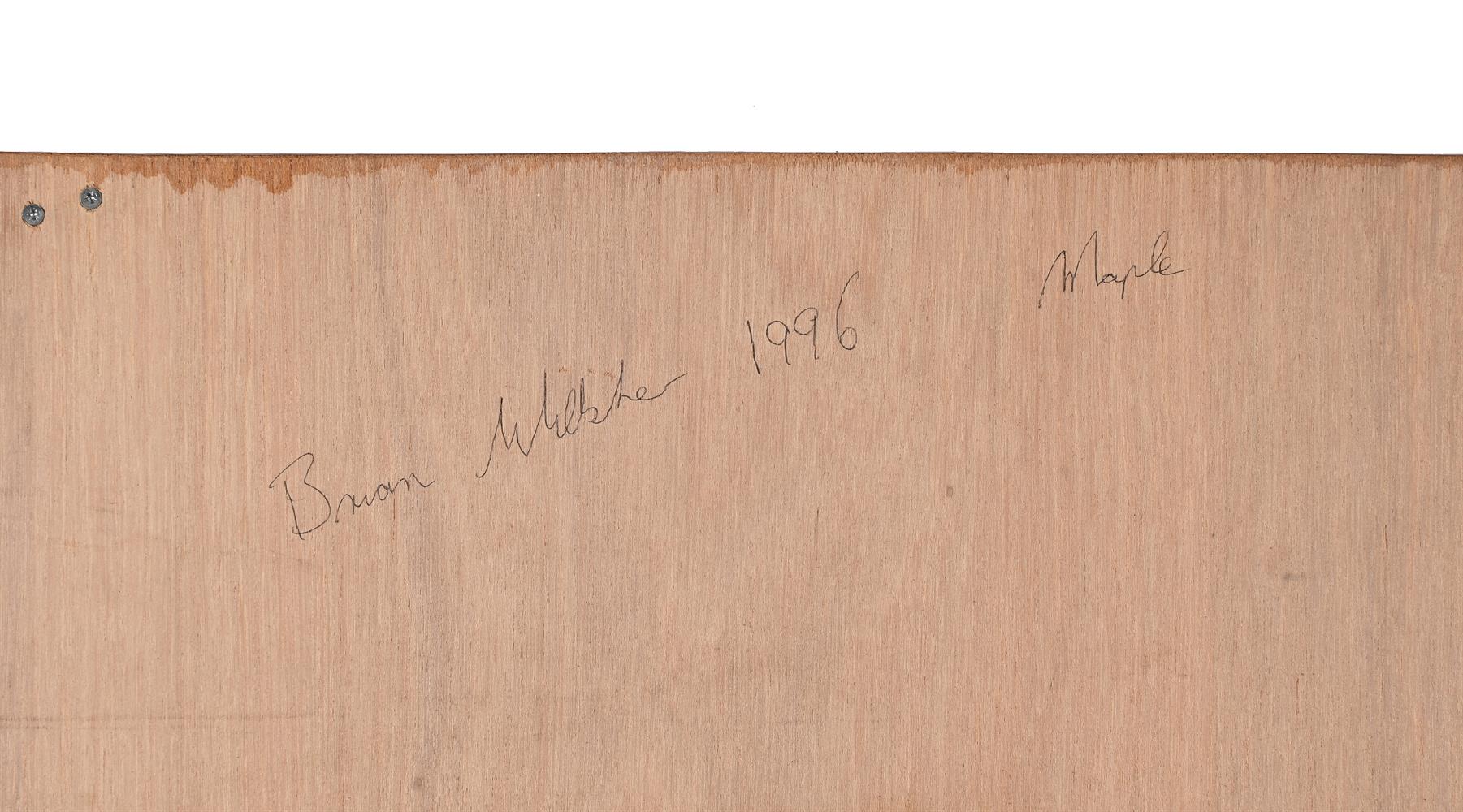



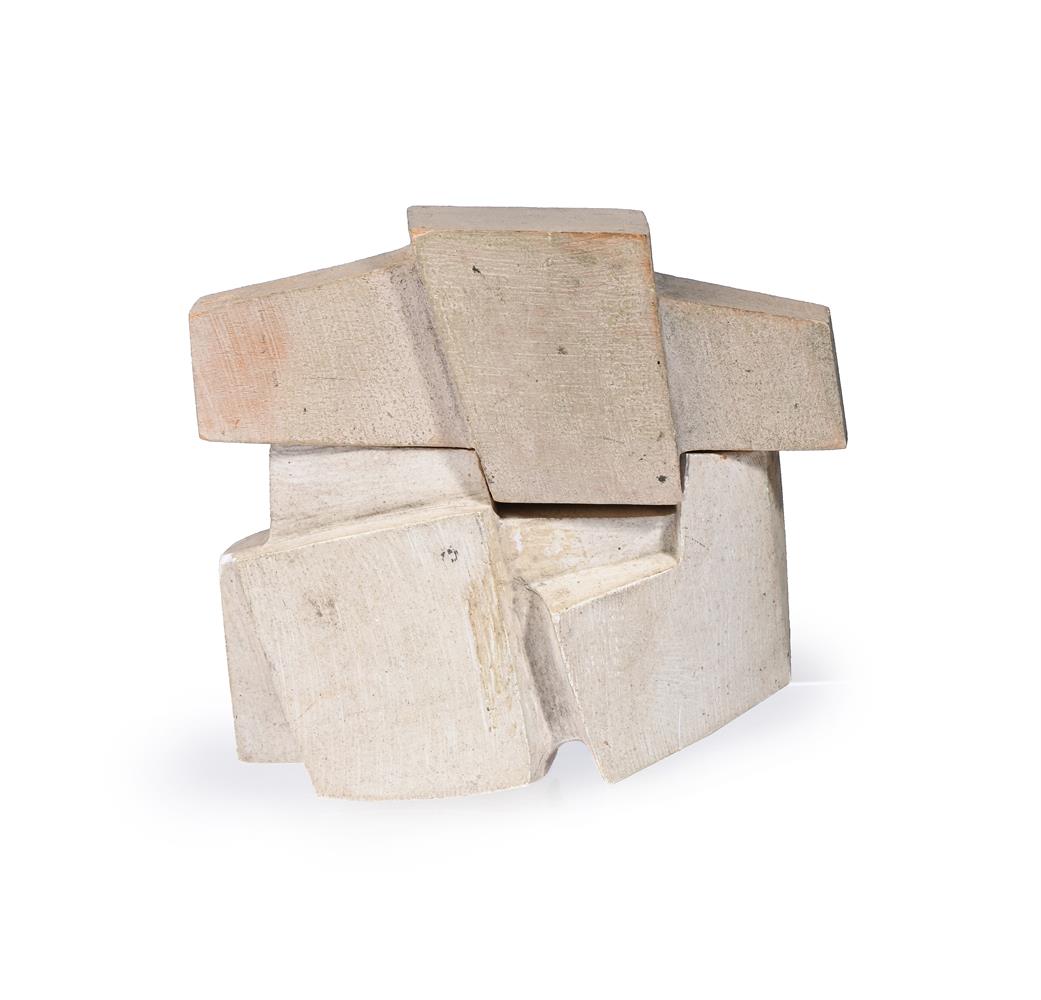



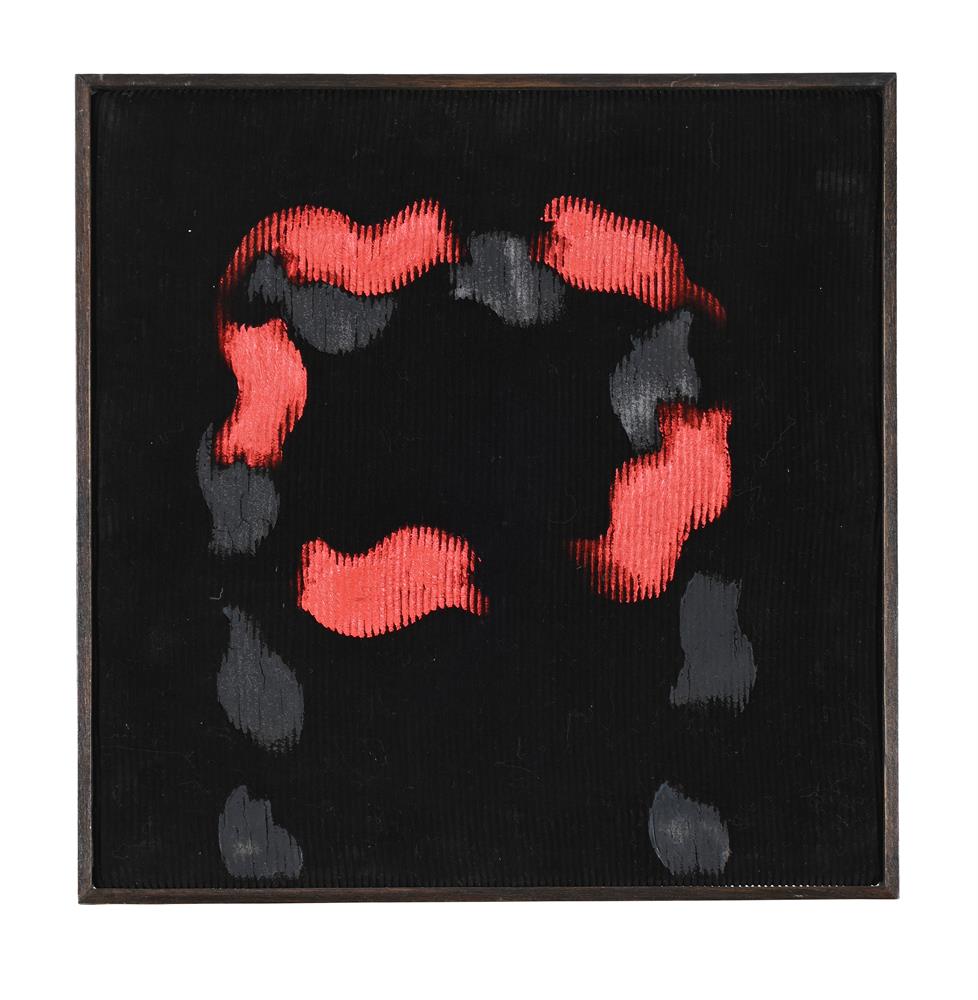




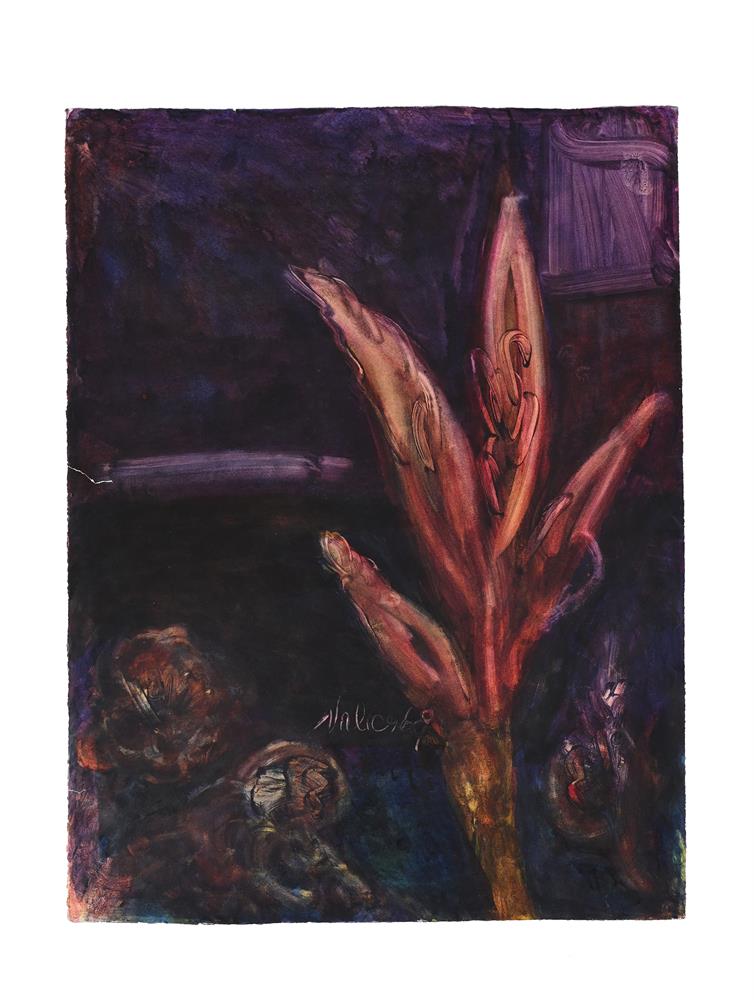
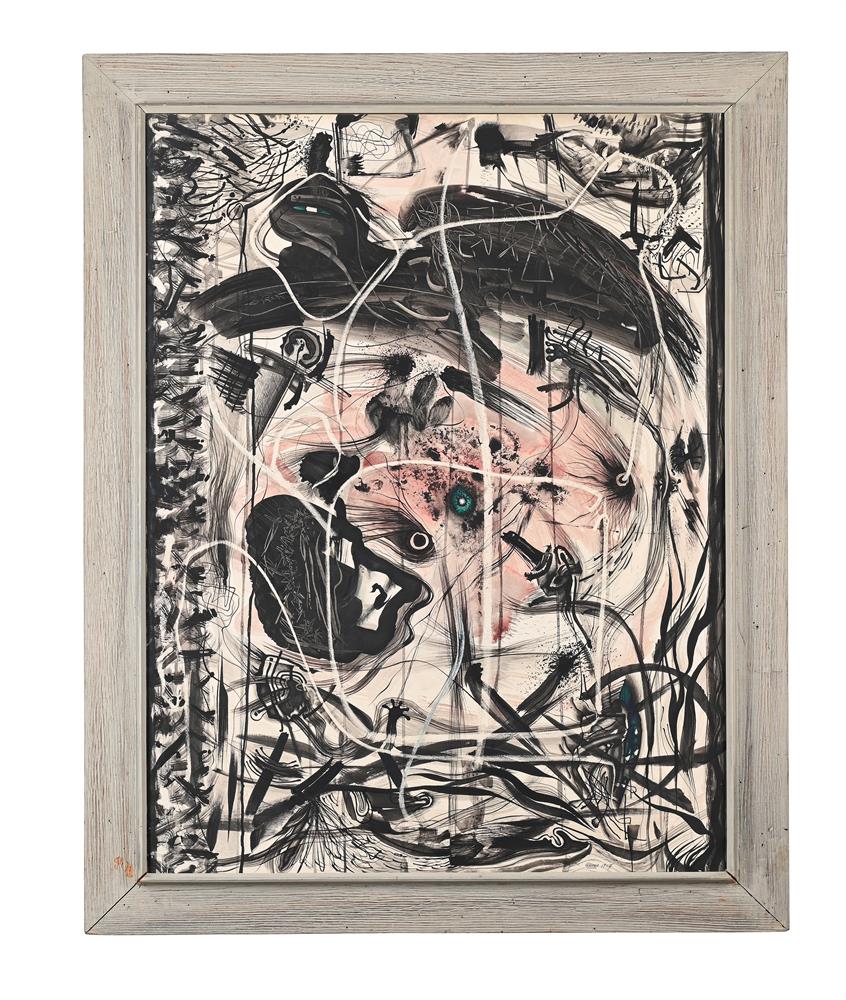
Try LotSearch and its premium features for 7 days - without any costs!
Be notified automatically about new items in upcoming auctions.
Create an alert